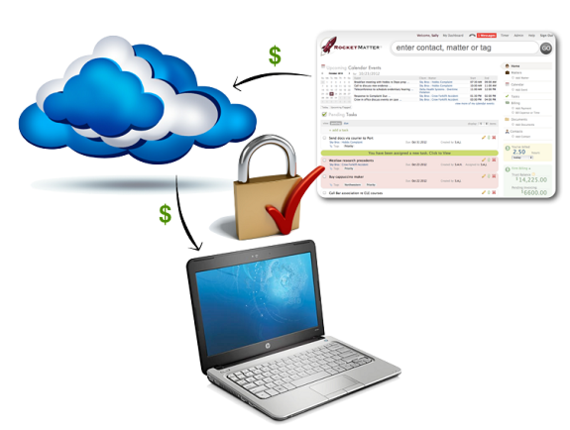Launching an eCommerce venture is a little like dancing on quicksand: one wrong step and you'll be in over your head in a matter of seconds. In this age of the Internet, there is a huge variety of software available to help a small business owner operating online stay afloat - so much that knowing where to start can be overwhelming. Many small business owners find themselves juggling a suite of different software products: accounting, inventory, customer relations, invoicing and taxes...how do you keep the wires from getting crossed? The answer, of course, is good integration.
As eCommerce took off as a force in its own right, Intuit quickly established itself as the premium in accounting software, and its online-or-desktop service QuickBooks is essentially the gold standard for SMB accounting. However, for a fast-growing business, a single service will only take you so far before integrating multiple software products becomes absolutely necessary. What do you need to do to be ready to integrate QuickBooks with the other products your business uses? Here are five foundation steps.
1. Know Your Software
The first step in preparing yourself for integration is getting to know your current software. QuickBooks has undergone a lot of development since it was first introduced, and the more up-to-date you are on its current features, the better off you'll be during the integration process.
QuickBooks Desktop is the original version of the software. Desktop has a lot of great qualities (its reporting and inventory management systems are among the best), but QuickBooks Online will be far easier to integrate with other web-based software. Fortunately, transferring data from Desktop to Online is essentially a three-click process.
What really sets QuickBooks Hosting apart is its customizability. It offers great third party support, with easy access to hundreds of apps. The older desktop-based software was intended to be a one-size-fits all product that doesn't match as well with online business, so consider making the switch before you start the integration process.
2. Streamline Your Website Design
In eCommerce, your web design is everything: your storefront, your stockroom, and your customer service. Professional design is important, but it doesn't come cheap, and neither does good customer security, an absolute must in the days of identity theft and password phishing. The more streamlined your web design, the easier integration will be, and the less you'll lose in the process.
To save yourself from spending the big bucks on a professional site designer, consider hosting your store through a service like Bigcommerce. These services act as templates for online stores, with inventory management, security, orders and invoicing and even design help for your home page. Finally, and most importantly, just like QuickBooks, sites like Bigcommerce are designed with easy integration in mind, and they come with lots of pre-designed third party support.
3. Prepare to Integrate
Once you're accounting back end and your online shop front are ready to go, it's time to consider the third piece of the equation: the bridge. As eCommerce moved away from that "one program for everything" model, Customer Resource Management (CRM) programs emerged to bridge the gap between different pieces of software the small business uses to run an online operation. There are a wide variety of CRMs to choose from, ranging from free open-source software to premium bundles. Be careful of freeware: while it often has some great coding behind it, they tend to suffer from seriously unintuitive interfaces, where you can easily lose information during the setup phase
4. Choosing your CRM
The final step as you get ready to integrate is to pick your CRM service. Take the time to familiarize yourself with the features they offer: look for services like auto-syncing and customizable integration. Many syncing services also offer their own suite of analysis reports that make it easy to generate information like cost of goods sold, gains and losses, and even tax information.
Finally, it's best to know exactly what software you need to integrate before you start looking for a CRM, so you can choose one that has third party support for your software.



